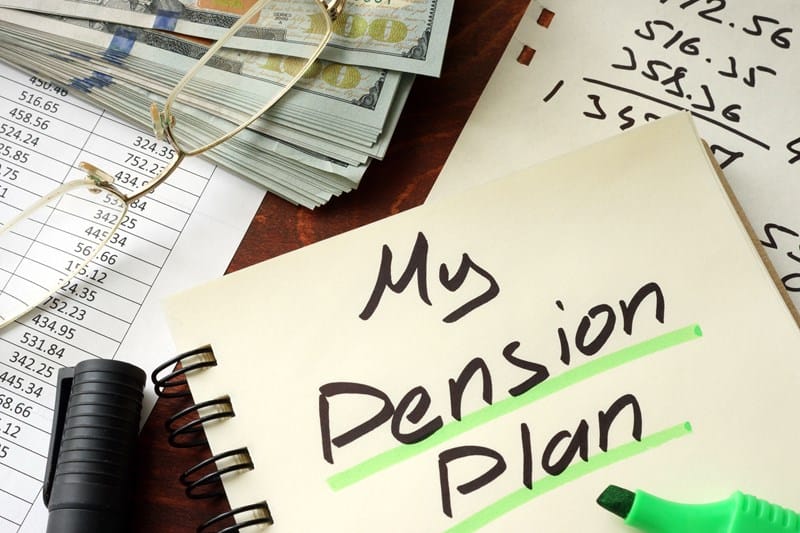Automatic enrolment for workplace pensions encourages many employees to start making provision for their retirement with employers, and as a bonus, government also contributes to their pension pot.
The law states that employers must automatically enrol workers into a workplace pension, if they are aged between 22 and State Pension Age, earn more than the minimum earning threshold (currently £10,000), work in the UK and are not already a member of a qualifying work pension scheme.
Employees can opt-out of joining the pension scheme if they wish. However, the government is keen to ensure that most eligible employees are members of a pension scheme. To help encourage this process, there is an automatic re-enrolment process that happens regularly every three years and in some cases on an immediate basis, if an employee or the pension scheme meets certain criteria. If staff members opted out before, or ceased active membership of the scheme, they’ll need to be put back in the scheme or to once again opt out.
Under the rules of the scheme, both the employer and employee need to make contributions. Currently, employees who are contributing to a workplace pension must contribute a minimum of 2% of their qualifying earnings. The level of qualifying earnings for 2018-19 is set between £6,032 and £46,350, so the relevant percentage is taken from the pay that falls between these two figures.
From 6 April 2019, the employee contribution will increase to 3%. Employers will be required to contribute a further 5% making for a total minimum contribution of 8%.







